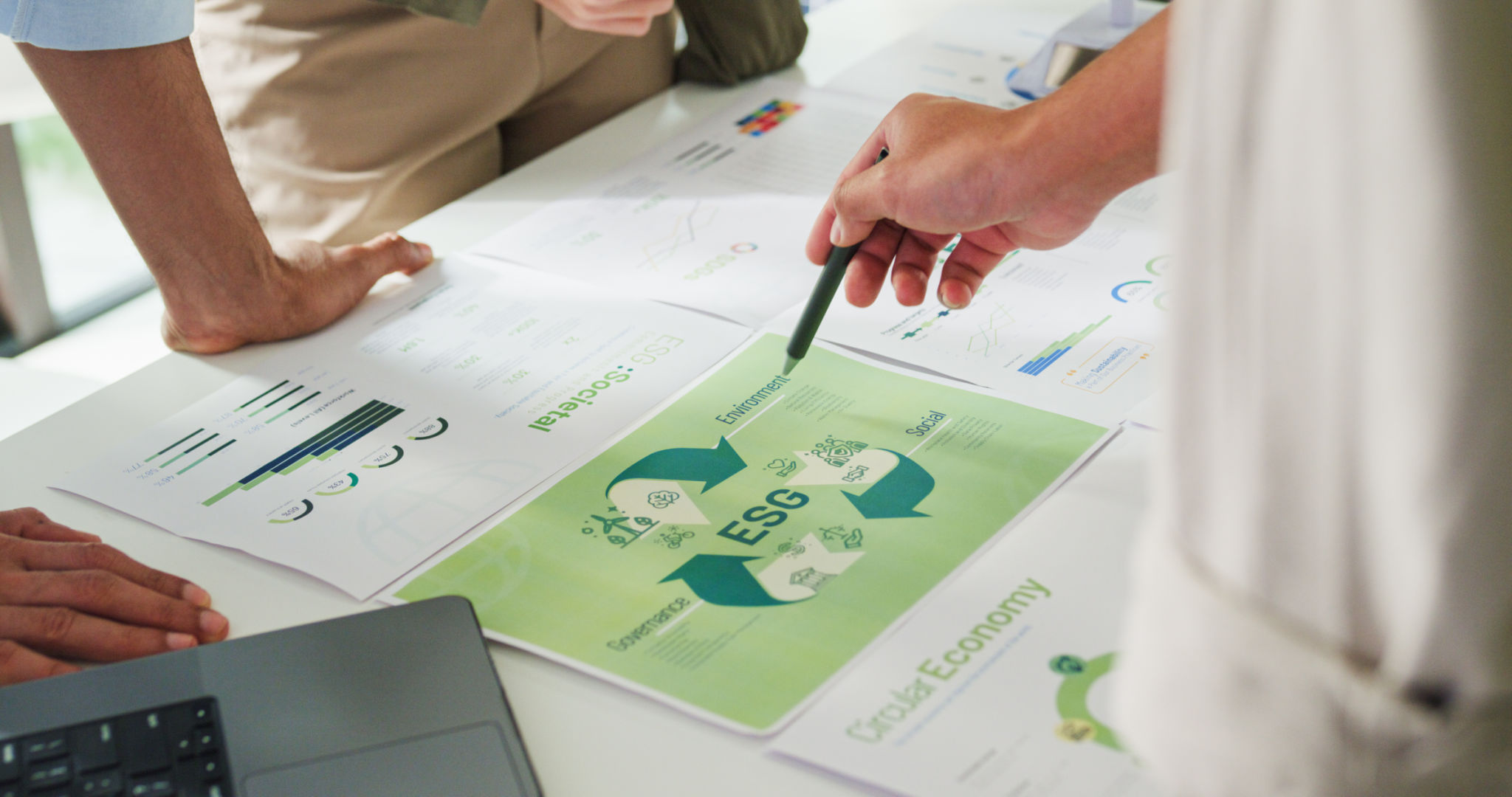Sustainable Investment: Balancing Tradition with Innovation
Understanding Sustainable Investment
In recent years, sustainable investment has become a buzzword in the financial world. But what exactly does it mean? At its core, sustainable investment involves making financial decisions that not only aim for monetary returns but also consider environmental, social, and governance (ESG) factors. This approach seeks to create a positive impact on society and the planet while ensuring long-term profitability.
Investors are increasingly aware of the need to balance traditional investment strategies with innovative approaches. The growing focus on sustainability reflects a shift in priorities, as individuals and institutions recognize the importance of addressing global challenges such as climate change, social inequality, and resource scarcity.

The Role of Traditional Investment Strategies
Traditional investment strategies have long been focused on maximizing returns through diversification, asset allocation, and risk management. These strategies are based on historical data and market trends, providing a stable foundation for decision-making. However, as the landscape changes, there is a growing need to integrate sustainability into these conventional approaches.
While traditional strategies offer a wealth of knowledge and expertise, they often fall short in addressing the broader impacts of investment decisions. To bridge this gap, investors must embrace innovation without discarding the valuable insights that traditional methods provide.
Incorporating Innovation in Sustainable Investment
Innovation plays a crucial role in advancing sustainable investment practices. Emerging technologies and data analytics are transforming how investors assess ESG factors. By leveraging big data and machine learning algorithms, investors can better evaluate a company's sustainability performance and potential risks.
Moreover, innovative financial instruments such as green bonds and social impact bonds have emerged as powerful tools for funding sustainable projects. These instruments provide a means for investors to support initiatives that align with their values while generating returns.

The Benefits of Balancing Tradition with Innovation
Combining traditional investment strategies with innovative approaches to sustainability offers numerous benefits. This balanced approach not only enhances risk management but also opens up new opportunities for growth. Investors can achieve a competitive edge by identifying companies that are well-positioned to thrive in a future shaped by sustainability.
Additionally, incorporating ESG considerations into investment decisions can lead to improved financial performance. Studies have shown that companies with strong ESG practices often exhibit lower volatility and resilience against market fluctuations.
Challenges and Considerations
Despite the advantages, integrating sustainable investment practices is not without its challenges. One major hurdle is the lack of standardized metrics for measuring ESG performance. This inconsistency can make it difficult for investors to compare companies and assess their true sustainability impact.

Furthermore, there is often a trade-off between short-term financial gains and long-term sustainability goals. Investors must carefully weigh these considerations to ensure that their portfolios align with both their financial objectives and ethical values.
The Future of Sustainable Investment
The future of sustainable investment lies in its ability to adapt and evolve alongside technological advancements and societal changes. As awareness and demand for responsible investing grow, more companies are likely to integrate ESG principles into their operations, driving further innovation in the field.
Ultimately, sustainable investment represents a transformative shift in how we think about finance. By balancing tradition with innovation, investors can contribute to a more sustainable world while achieving their financial goals. The journey may be complex, but the potential rewards are substantial—for both investors and the planet.